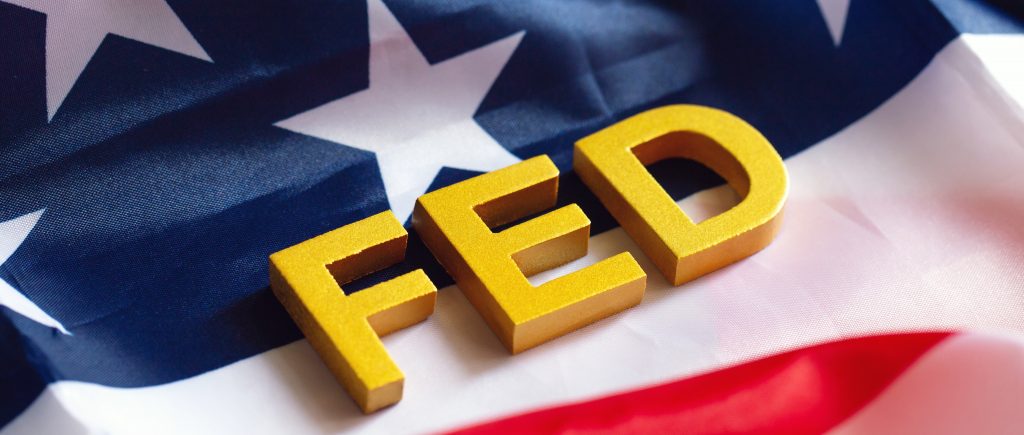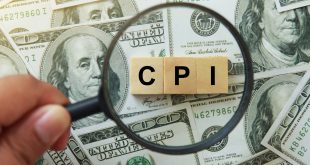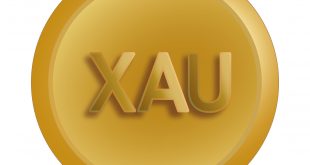Federal Reserve Chair Jerome Powell begins two days of hearings on Capitol Hill on Tuesday, addressing an economy at full employment, cooling inflation, and significant uncertainty surrounding the evolving trade and fiscal policies of the Trump administration.
Since Powell’s last testimony before Congress, Trump’s election has introduced the prospect of successive rounds of tariffs, reduced immigration, a tighter labor market, and potential shifts in financial regulation. While Fed officials traditionally avoid commenting on political decisions, they remain focused on assessing the economic impact of these policies.
Given current conditions, the Fed is taking a cautious approach. “What we have now is a good labor market. We have the economy growing at 2 to 2.5%. Inflation has come down,” Powell said in a press conference following the Fed’s January meeting. However, he acknowledged “elevated uncertainty” regarding trade, immigration, fiscal, and regulatory changes. As a result, the central bank is holding off on further interest rate cuts until it gains a clearer picture of how the economy adapts. “We do not need to be in a hurry to adjust our policy stance,” Powell emphasized.
Powell is set to deliver this message to the Senate Banking Committee at 10 a.m. EST (1500 GMT) on Tuesday, followed by testimony before the House Financial Services Committee at 10 a.m. on Wednesday. With both panels now under Republican control, lawmakers from both parties are expected to press Powell on key issues.
Although inflation has declined and is expected to continue easing, some consumer surveys suggest growing skepticism among the public, a concern for the Fed if expectations shift. Meanwhile, Trump’s proposed tariffs on major trading partners like Mexico and Canada, as well as on core industrial goods such as steel and aluminum, have sparked debate over whether such policies could fuel inflation.
The administration has yet to unveil a detailed tax, spending, and deregulation plan, but upcoming negotiations on these issues could significantly impact economic growth. Additionally, the Fed faces a leadership transition with the resignation of Michael Barr, the vice chair for bank supervision and regulation. Trump’s eventual replacement for this key role could signal major regulatory shifts for the financial sector.
For now, investors are interpreting recent data—particularly the January jobs report, which showed unemployment falling to 4% and strong wage growth—as a reason to expect fewer rate cuts in 2025. While markets still anticipate a quarter-point reduction in June, expectations for additional cuts this year have diminished.
At its January meeting, the Fed held interest rates steady in the 4.25% to 4.5% range, following a full percentage point of cuts across the final three meetings of 2024.
 Noor Trends News, Technical Analysis, Educational Tools and Recommendations
Noor Trends News, Technical Analysis, Educational Tools and Recommendations





